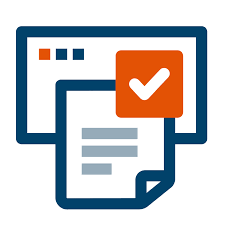Generation Z: How Organizations Are Changing to Accommodate Them
- Jamie Dunn

- Nov 29, 2022
- 2 min read

If you’ve children, other family members, or friends with kids, take a minute to watch them consume media. Almost everything they consume digitally is easy to find, on-demand, can be controlled by voice or thumb, is contextually based on their preferences, and whatever they can’t find or type ahead, carousel navigation can be cued up in seconds.
This generation was born after the original iPhone. Advances have been made in graphics, usability, search, and data management. Additionally, there’s a new way of searching, organizing, and viewing content. Unfortunately, Gen Z doesn’t know what a folder directory is, nor do they understand how to search, store or retrieve. (We were shocked too) So, STEM professors are adjusting their content based on this surprising fact.
This is not a surprise; Gen Z is accustomed to apps and expects, with all the arrogance of youth, that this is consistent with all their tech interactions. Rather than building deep, vertical folder trees to store their data and documents on their PCs, they prefer the “data blob” method of scattered desktops or increasingly long lists of content in the exact location.
Thanks in part to how they use apps like Netflix and Spotify and school-issued Chromebooks or iPads for projects, the need for deep directories is becoming a thing of the past. Gen Z are used to having a flat, horizontal, carousel category tree ( think Netflix) to find content that can be navigated at their speed instead of digging into a vertical nested hierarchy view of (to them) endless folders and sub-directories.
And if they can’t find what they are looking for – they certainly don’t want to waste time looking for the elusive item. Instead, they’ll move on if they can’t find it quickly – unless a Google-like search can provide immediate returns. This is why content recommendations, suggestions, and guided decisions are essential to their process – for them, it works!
The younger generation may not know the massive influence they have when it comes to the overall usability design of enterprise content management – including their unique way of accessing and categorizing content on their terms. This type of workflow has influenced how next-generation Enterprise Content Management solutions are designed now for a faster, more efficient way to work.
Leveraging built-in technologies like Artificial Intelligence (AI), Machine Learning (ML), Natural Language Processing (NLP), and Process Automation are now the norm when it comes to improving productivity for knowledge workers. It’s all about having fewer clicks to make so you can get to your outcomes the most efficiently possible. And to do that, technology needs to work seamlessly to provide a personalized level of experience.



Comments